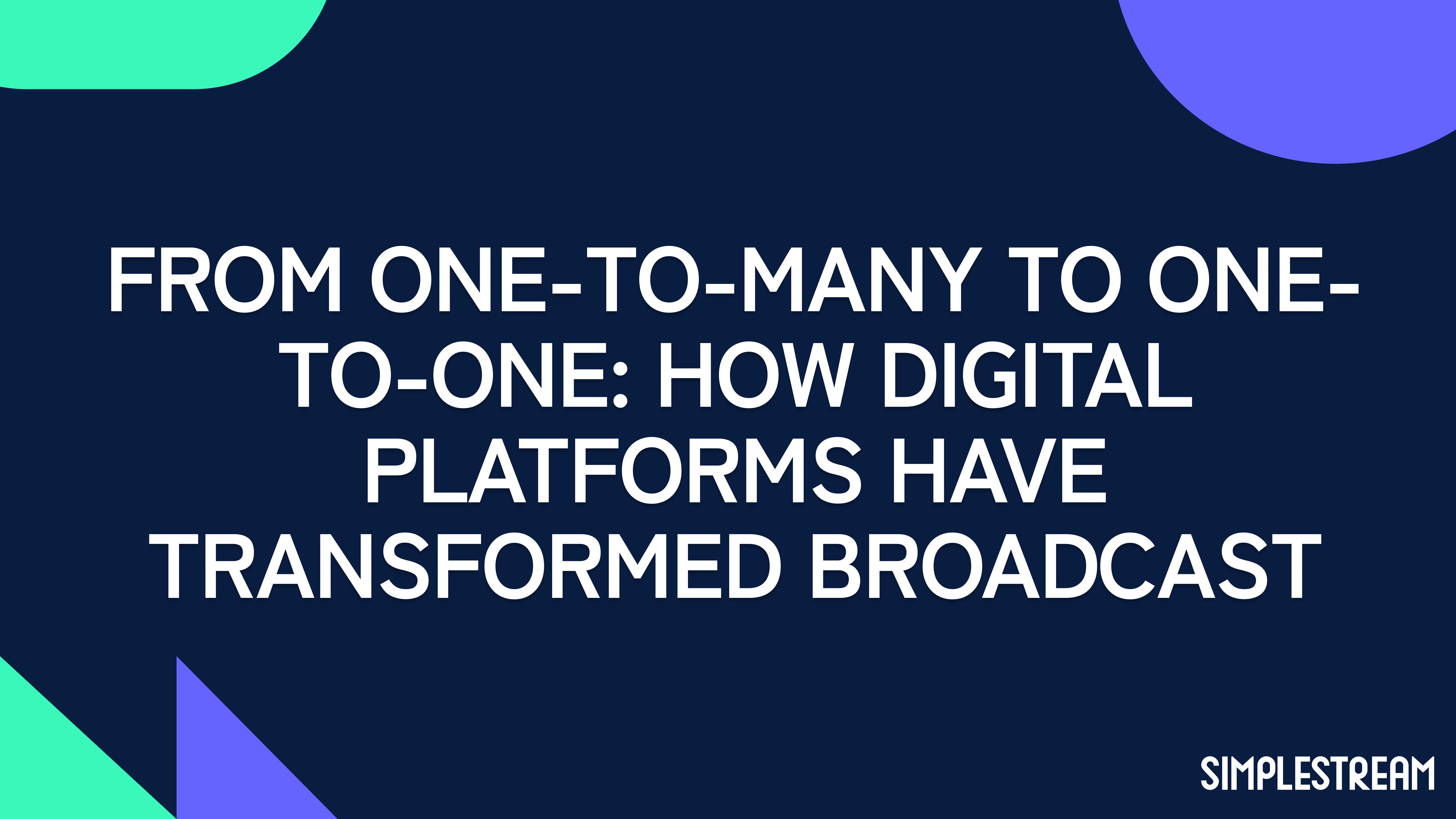The power of localisation in video streaming apps
This blog underscores the crucial role that app localisation plays in the growing video streaming industry and highlights three game-changing benefits that localisation can bring such as: improved brand perception, new monetisation opportunities, and enhanced viewer engagement in foreign territories.
When we hear about a company’s long-term goals, it’s common to discover that they plan to expand their operation into new markets in a bid to maximise profits and growth.
A key process that enables such an ambitious goal is localisation, which involves adapting the look and feel of a product or service and content to cater to a specific audience/
However, the concept of localisation is far more than just translating content into different languages. It's about understanding and embracing the nuances of each region, fostering a sense of cultural relevance, and creating a truly immersive experience for viewers. This becomes even more tangible in the world of video streaming, where content providers are constantly striving to engage diverse audiences as platforms edge closer to boosting user numbers across the globe.
In this blog we explore the concept of localisation for video streaming apps and why it is so much more than embedding language translation options into a drop-down menu.
Cultural Norms and Context
While language translation is a fundamental aspect of localisation, it's only the tip of the iceberg. Effective localisation involves adapting content to the cultural norms, preferences, and sensitivities of the target audience. Think of everything from the choice of imagery, music, colours, and even the advertisements served to users within specific regions. Imagine serving food-related advertisements to users in regions where cultural and religious traditions are different – such a misstep could lead to a significant PR disaster.
Moreover, failing to localise without regarding contextual differences could significantly impact the bottom-line of a business operation. Arla Foods lost £1 million a day in revenue due to featuring cartoons of the Prophet Muhammed, which is highly distasteful throughout the MENA region.
Enhancing the user experience (UX)
As explained in Episode 2 of our Beyond the Stream podcast, OTT industry expert Peter Dennehy emphasized that localization is more than providing an option for language translation.
Instead, it involves enhancing the overall user experience by tailoring it to specific audiences. This includes aspects such as customizing user interfaces to align with regional norms, or carefully selecting app colours to ensure that the end-user experience meets the expectations of a specific region or country.
Successfully delivering a seamless, native-feeling experience could significantly influence viewer retention and satisfaction. Given that video streaming consumers primarily seek entertainment, a subpar user experience can inevitably diminish the enjoyment users expect when engaging with your app, which could lead to user churn.
Think of it this way, how many apps have you uninstalled from your mobile phone due to its irritating interface, app experience or poor design?
3 Benefits of Localising Streaming Services
Localisation extends to content curation as well as its frontend presentation. Successful video streaming platforms don't merely serve content to users; they tailor their libraries to cater to regional interests and trends. This means offering a mix of local and global content that resonates with the specific tastes of each market. By doing so, streaming platforms can attract a wider audience and keep them engaged, along with a host of other benefits which includes the following…
Improved Brand Perception 📈
Localisation plays a pivotal role in shaping brand perception. Brands that invest in meaningful localisation are often seen as culturally sensitive, inclusive, and committed to understanding their audiences. This fosters goodwill and builds trust among viewers, which can be instrumental in long-term success, particularly when establishing a presence in a new region.
New Monetisation Opportunities 💸
Localisation done correctly can also open new monetisation opportunities. When viewers feel a strong connection to content, they are more likely to subscribe to your streaming service, which in turn, drives word of mouth to increase viewer numbers, make in-app purchases, and engage with advertisements. Localisation doesn't just increase viewership; it helps to drive revenue too.
It Can Help Avoid Boycotts 🙌
In a world of evolving content regulations and cancel culture, localisation becomes a crucial tool for compliance and can lend a hand in avoiding costly boycotts. Different regions may have specific requirements regarding content classification, age restrictions, or cultural sensitivity. A comprehensive localisation strategy helps content providers navigate these regulations seamlessly, avoiding legal pitfalls and potential boycotts, while ensuring a positive image in each market.
Closing thoughts
To conclude, localisation in video streaming goes far beyond mere language translations. It's about creating a deeper connection with viewers by offering a tailored user experience, curating content to match regional preferences, and complying with local regulations.
Embracing the diverse culture of different regions is not just a smart business move; it's a strategic imperative in the ever-expanding world of video streaming. Content providers that master this art are best poised to succeed on the global stage, forging lasting relationships with viewers and thriving in the competitive streaming landscape.


